How Instagram Influencers Make Life Miserable For Small Tourist Towns
In recent years, a massive increase in Philippine tourism has led to debilitating issues for the islands. In 2018, Boracay Island, once hailed as one of the world’s most picturesque islands, was closed for six months of restoration. The island had been devastated by years of over-tourism, which brought to light the fact that these popularized island communities are not equipped to handle mass tourism.
A post shared by Merr Watson (@merrwatson) on
Because of the internet, and Instagram in particular, undiscovered places are suddenly open for exploration. What once was a simple photo-sharing app with friends has undoubtedly become one of the largest money-making companies in the world. Some people have “normal” profiles, while others live out their alter egos online via finstas, or fake Instagram accounts. Some even have ghostwriters crafting captions for them.
On Instagram, travel FOMO (fear of missing out) is real, and the app’s aspirational content helps drive cubicle-bound employees to take a few weeks off on “a distant island” to forget click-clacking sounds and their workplace passwords. Since Instagram’s inception, explore-based hashtags like #exploreph (503k+ posts), #Itsmorefuninthephilippines (4.9M posts) and the generic #Philippines (19.1M posts) have helped popularize the islands on both a local and global scale. There has been a steady incline of Philippine tourism in recent years; inbound tourism was ranked third among the biggest export items in 2018, while domestic tourism expenditure grew by 21%, from 2.6 trillion Philippine pesos (about $50 billion) in 2017 to 3.2 trillion (about $62 billion) in 2018.
Instagram’s rise has certainly helped Philippine travel pages like Sino Pinas, Discover MNL and Tara Sa South (Let’s Go to the South) increase engagement and reach, both locally and globally. A representative of Sino Pinas told HuffPost that its engagement and reach have skyrocketed since the early 2010s. Discover MNL had similar results, and a representative told HuffPost, “There are times when certain photos and videos would go viral and in turn have a place fully booked for a year or two, or just a substantial amount of inquiries on a new business or product.”
While the travel muse that is Instagram may be fantastic news for Philippine economic development, the truth is that it doesn’t have the infrastructure to accommodate a leap in tourism. Instagram’s persistent global reach creates a constant influx of tourists and influencers and a nightmare for island nations such as the Philippines.
Even more so, some of Instagram’s army of travel influencers ask for free accommodations in exchange for posts. Local businesses in the Philippines, like White Banana Beach Club on Siargao Island, have recently pushed back against “freeloading” influencers and posted the following on Facebook: “We are receiving many messages regarding collaborations with influencers, Instagram influencers. We kindly would like to announce that White Banana is not interested to ‘collaborate’ with self-proclaimed ‘influencers.’ And we would like to suggest to try another way to eat, drink, or sleep for free. Or try to actually work.”
Aside from influencer issues, White Banana Beach Club shared more mass tourism-related problems with HuffPost: “One of our major struggles in the island is that the influx of tourism is directly related to waste. Tourists generate so much waste, which they leave here. Most tourists DO NOT care about segregating their waste. We have trash bins labeled for specific waste (e.g., Food Waste, Plastic, Paper, etc.) but we see trash mixed up every single day.”

Other local resorts find that tourist waste has been an overwhelming issue. A representative of Zoe’s Resort & Eco Adventure, an eco-tourism resort in the Philippines, told HuffPost, “In general, tourism businesses in the Philippines are ill-equipped to handle solid waste management. In our case, we strive to protect the natural ecosystem surrounding our eco-resort, and the problem that frustrates us the most is trash pollution. It was difficult in the beginning because there was trash everywhere ― plastic cups, food waste, etc. We would see trash on our trails and along our waterways/waterfalls, which will eventually meet the ocean.”
Almost a quarter of the population in the Philippines lived at or below the poverty line as of 2015 (that’s about 22 million people), and most do not live in first-world conditions. The roads are smaller, areas are more densely populated, solid waste mismanagement is rife, and mass tourism means a mountainous increase of trash and pollution.
But trash and pollution aren’t the only downsides of mass tourism. Because of the laws of supply and demand, Philippine prices for food, travel and everyday commodities have skyrocketed. A representative of the White Banana Beach Club told HuffPost, “From basic commodities to fish, vegetables, to tricycle fare and house rental for our staff, it has become ridiculous. Because of the demand that over-tourism brings, many people take advantage and push the prices up, and businesses like ours have no choice. Everyone is affected, but most especially the locals. The prices were made for tourists, and locals are the ones who suffer the most because the prices are already too high for them. There have been people who are reaching out to the local government to try to regulate pricing of goods and services here on the island, but personally, I have not heard of any solution yet.”
But there’s also a rise of influencers who have been more conscientious about their actions. Jamie Larson, a travel influencer and co-founder of The Hearts Co., said to HuffPost, “When I went to the Philippines for the first time about 3 years ago, the tourism was still insane, but not to the degree of what it is now. I think this is heavily due to social media platforms like Instagram, and this has absolutely boosted the tourism economy which is such an amazing thing, if we continue to do it mindfully.”
Mindful tourism is under the umbrella of sustainable tourism, which hasn’t quite been attained. If we want to attain a future where sustainable tourism is the norm, we must start with ourselves. Trying to minimize our tourist footprint is a selfless act that will benefit our collective travel experiences as humans.
If it matters to you, it matters to us. Support HuffPost’s journalism here.
Love HuffPost? Become a founding member of HuffPost Plus today.
Related Coverage
Which Airline To Fly Based On The Free Snacks, Because Free Snacks
What It's Really Like Having — And Traveling With — An Emotional Support Animal
These Are The Best And Worst Airlines For Families
Also on HuffPost
Alaska
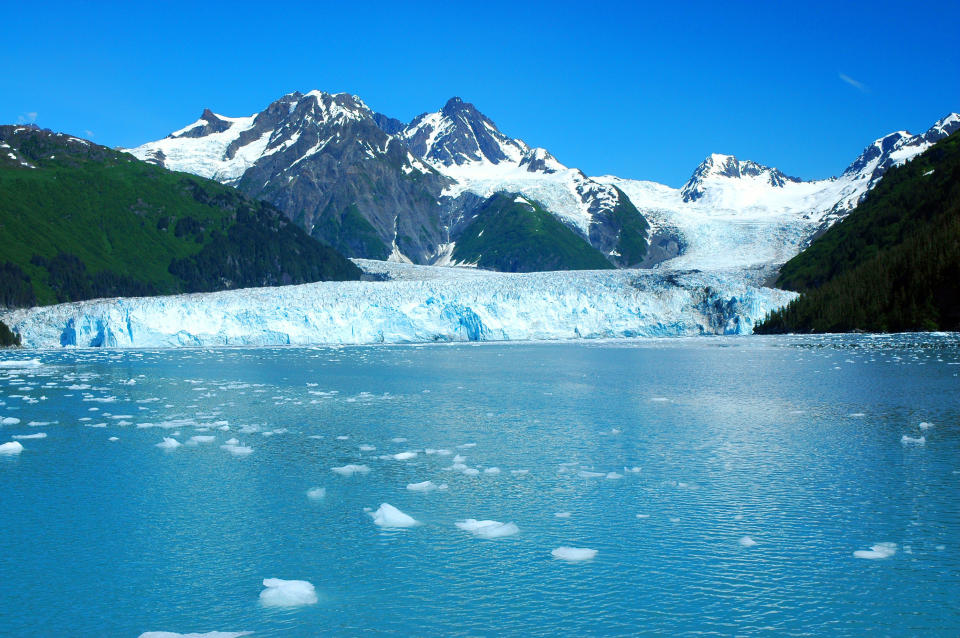
Venice
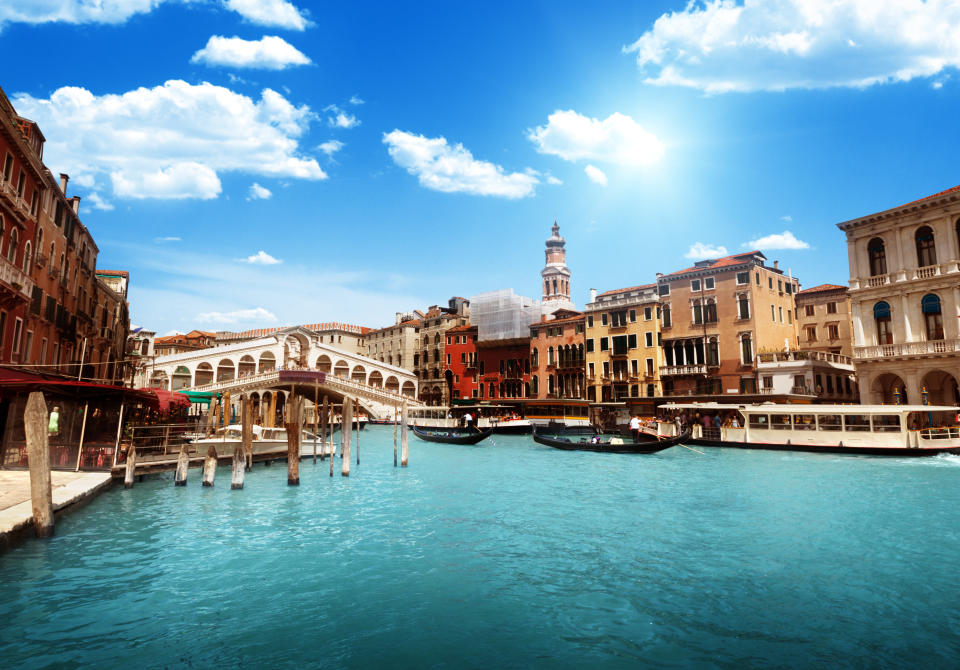
Antarctica

The Great Barrier Reef
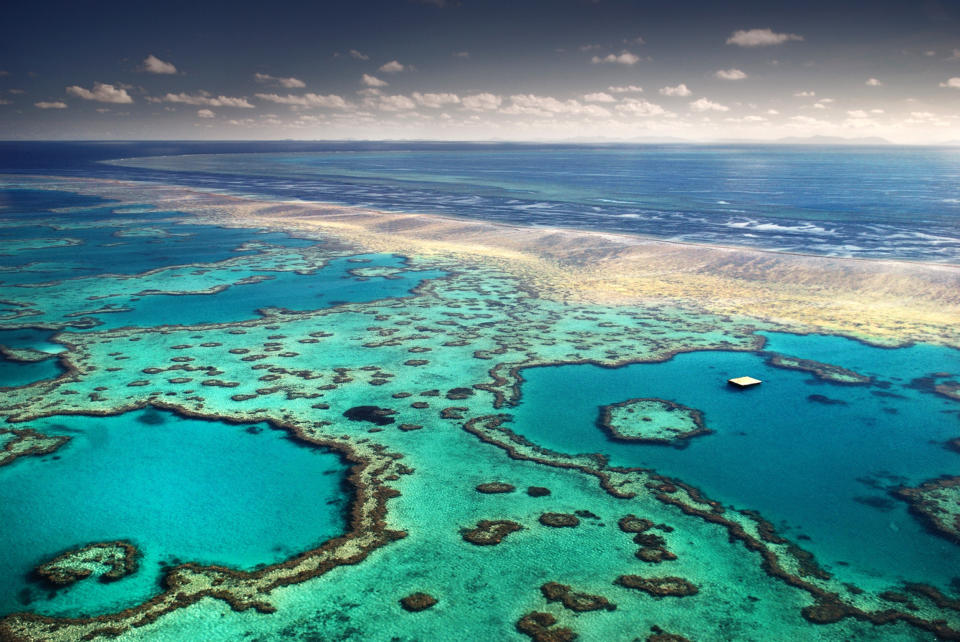
The Himalayas
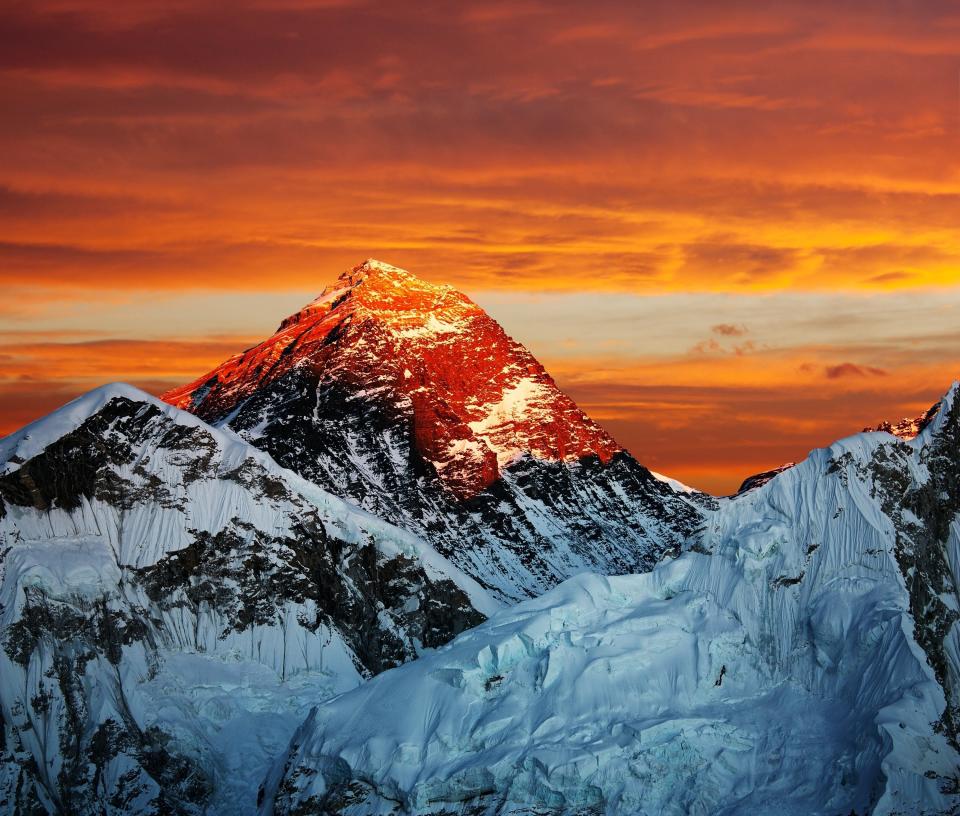
The Maldives
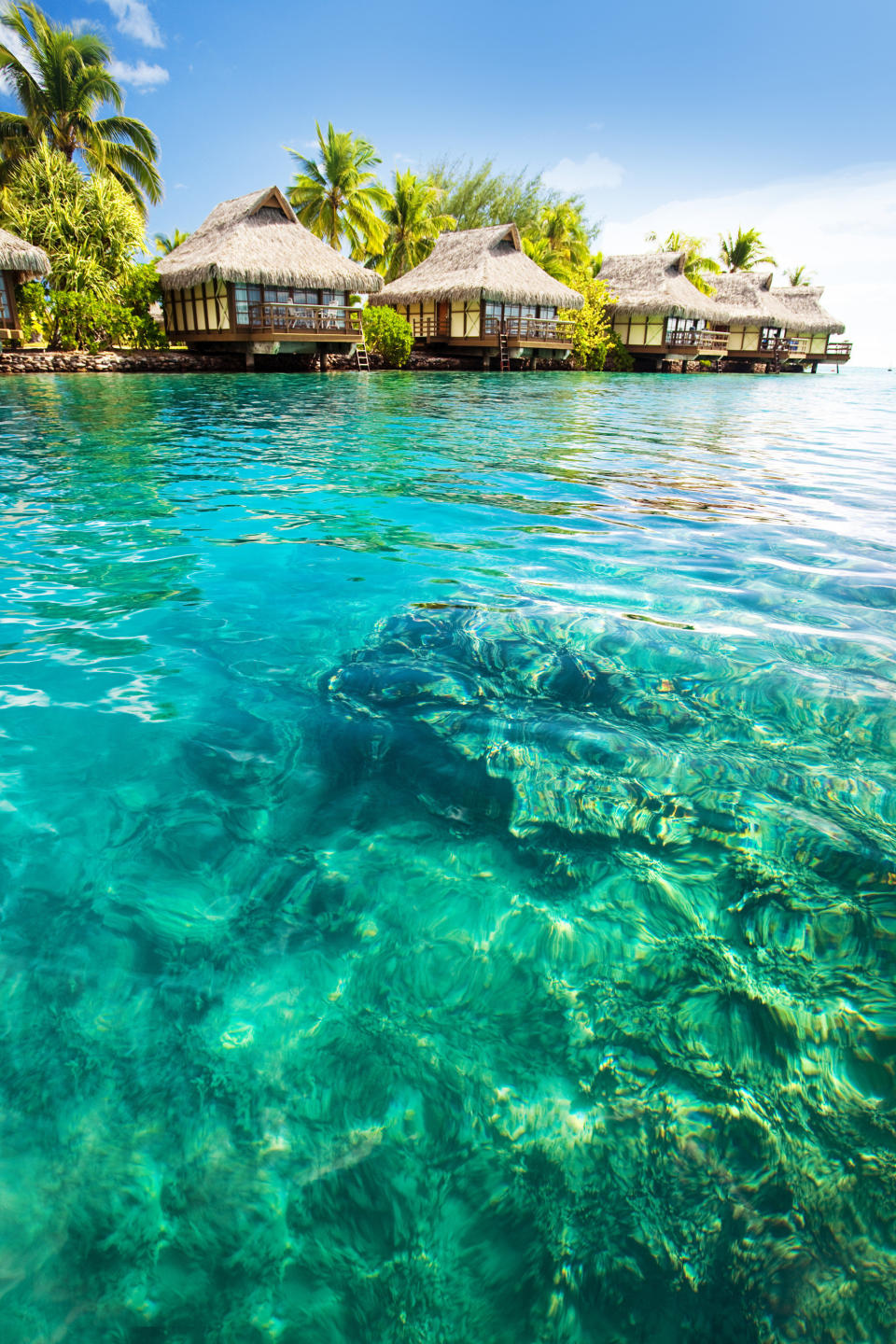
The Alps

The Arctic

Micronesia and Polynesia
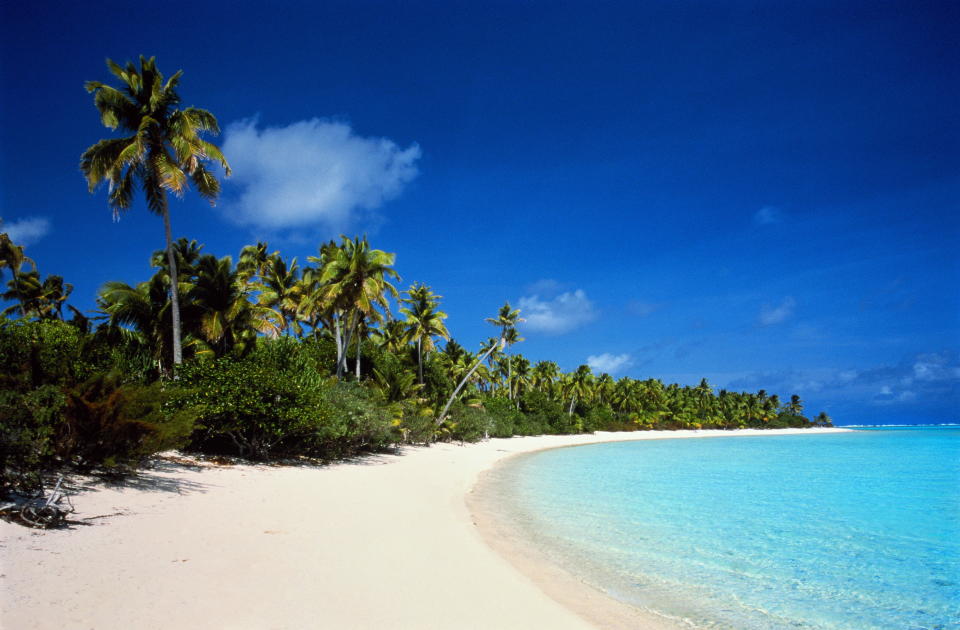
This article originally appeared on HuffPost.

